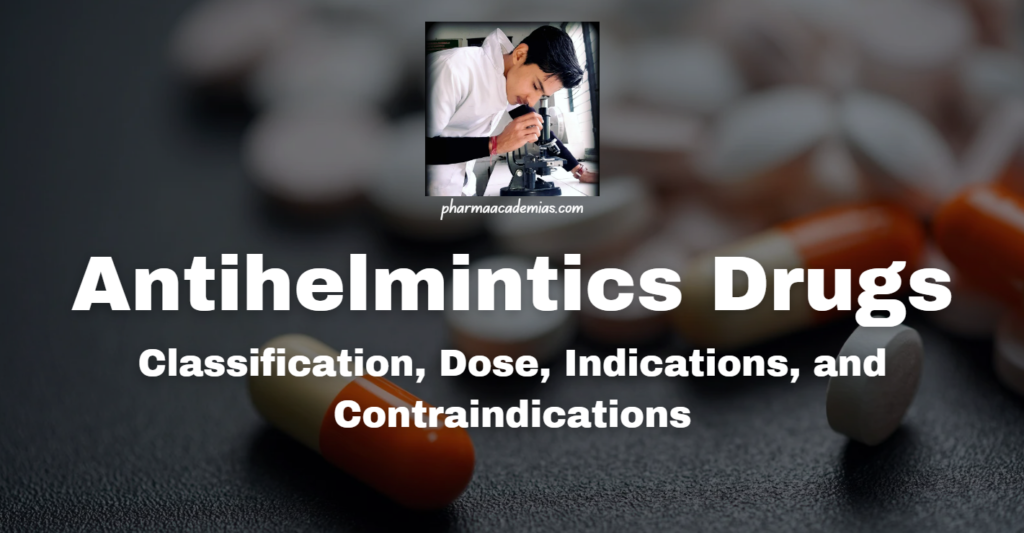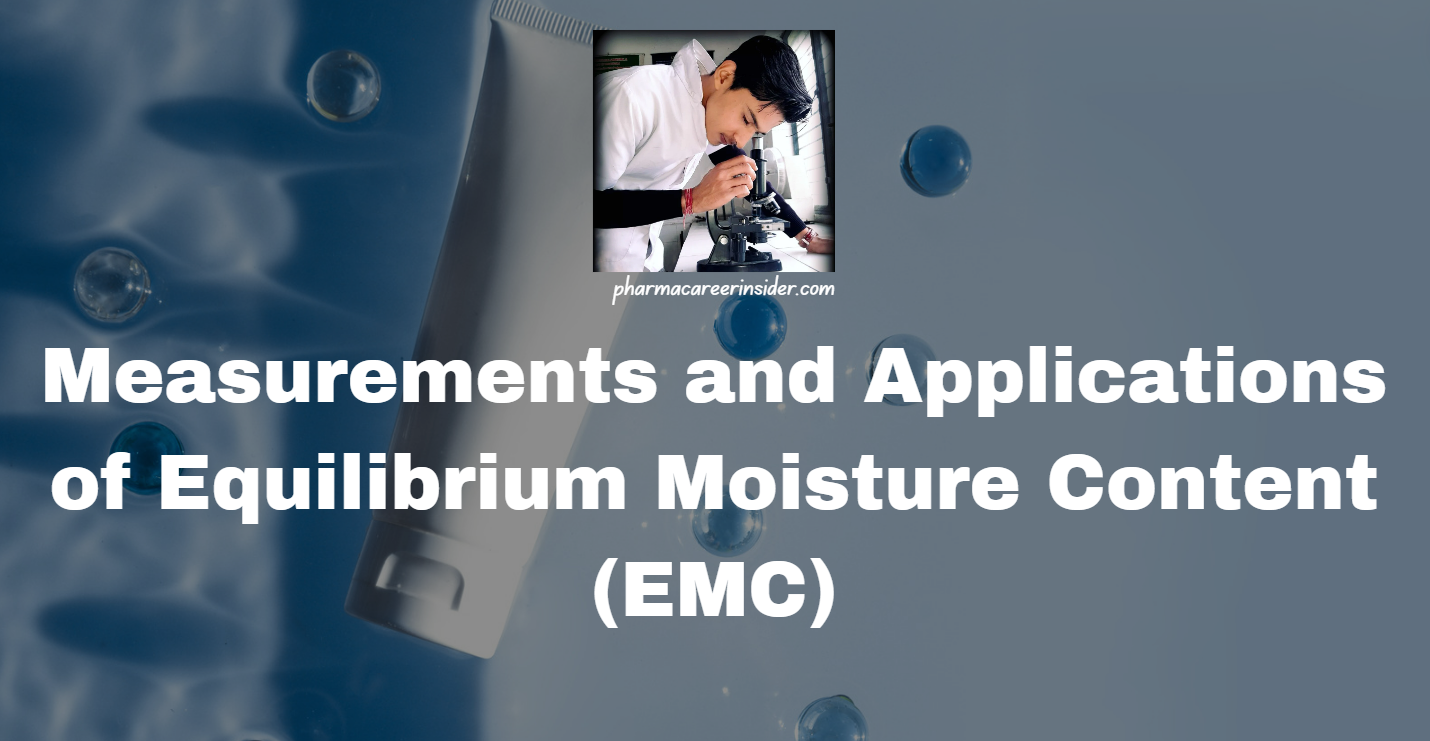Definition:
Anthelmintics are a class of medications used to treat infections caused by parasitic worms, also known as helminths. These parasites can infect various parts of the body, including the intestines, lungs, liver, and other tissues. Anthelmintics work by either killing the worms outright (vermicidal) or by paralyzing them, allowing the host’s immune system to expel them (vermifugal). They are an essential component of parasitic disease management and play a crucial role in public health efforts to control worm infections.
Classification of Antihelmintics Drugs
Anthelmintics can be classified based on their mechanism of action, chemical structure, and efficacy against specific types of worms. They are categorized into several main classes:
1. Benzimidazoles: Benzimidazoles are a broad class of anthelmintic drugs that disrupt the integrity of the helminth’s microtubules, leading to impaired nutrient absorption, paralysis, and death.
Examples include albendazole, mebendazole, and thiabendazole.
2. Tetrahydropyrimidines: Tetrahydropyrimidines act by binding to nicotinic acetylcholine receptors in the nervous system of the parasites, causing spastic paralysis and expulsion from the host.
Example: Pyrantel pamoate
3. Avermectins and Milbemycins: Avermectins and milbemycins are macrocyclic lactones that enhance the release of gamma-aminobutyric acid (GABA) in the nervous system of parasites, leading to paralysis and death.
Examples include ivermectin and moxidectin.
4. Piperazines: Piperazine derivatives act as GABA agonists, causing hyperpolarization of the nerve cells in the parasites, leading to flaccid paralysis and expulsion from the host.
Example: Piperazine citrate
5. Praziquantel: Praziquantel is a specific anthelmintic used primarily against flatworms (trematodes and cestodes). It disrupts the permeability of the parasites’ cell membranes, leading to calcium influx, muscle contraction, and eventual paralysis.
Example: Praziquantel
6. Niclosamide: Niclosamide is a salicylanilide anthelmintic used primarily against tapeworms (cestodes). It disrupts mitochondrial oxidative phosphorylation in the parasites, leading to ATP depletion and death.
Example: Niclosamide
Dose
The dosage of anthelmintic drugs varies depending on factors such as the specific drug, the type and severity of the worm infection, the patient’s age, weight, and overall health. Dosages are typically determined by healthcare providers and may be adjusted during the course of treatment based on individual response and tolerability. It’s crucial for patients to adhere to their healthcare provider’s instructions regarding dosage and duration of treatment to ensure effective parasite clearance and minimize the risk of recurrence.
Indications of Antihelmintics Drugs
Anthelmintics are indicated for the treatment of various helminthic infections, including but not limited to:
1. Intestinal Worm Infections:
– Ascariasis (caused by roundworms)
– Trichuriasis (caused by whipworms)
– Hookworm infection
– Enterobiasis (pinworm infection)
– Strongyloidiasis (caused by threadworms)
– Taeniasis (tapeworm infection)
– Hymenolepiasis (dwarf tapeworm infection)
2. Tissue Worm Infections:
– Filariasis (caused by filarial worms)
– Onchocerciasis (river blindness)
– Dracunculiasis (guinea worm disease)
– Echinococcosis (hydatid disease)
– Cysticercosis (caused by cysticerci, the larval stage of Taenia solium)
3. Other Helminthic Infections:
– Schistosomiasis (caused by blood flukes)
– Fascioliasis (caused by liver flukes)
– Paragonimiasis (lung fluke infection)
– Clonorchiasis (caused by Chinese liver flukes)
Contraindications of Antihelmintics Drugs
While anthelmintic drugs are generally safe and effective when used appropriately, they may not be suitable for everyone. Contraindications vary depending on the specific drug and the individual’s medical history. Common contraindications may include:
1. Allergies: Patients with known hypersensitivity or allergic reactions to the active ingredients or components of anthelmintic drugs should avoid their use.
2. Pregnancy and Breastfeeding: Some anthelmintics may pose risks to pregnant or breastfeeding women and their babies. Healthcare providers should carefully weigh the potential benefits and risks before prescribing these medications to pregnant or lactating individuals.
3. Liver Dysfunction: Since many anthelmintic drugs are metabolized in the liver, patients with severe liver disease may require dose adjustments or alternative treatments to avoid hepatotoxicity.
4. Renal Impairment: Certain anthelmintic drugs are eliminated from the body primarily through the kidneys. Patients with renal impairment may need dose adjustments or close monitoring to prevent drug accumulation and toxicity.
5. Neurological Disorders: Some anthelmintics may exacerbate neurological conditions or cause adverse effects such as seizures, especially in patients with pre-existing neurological disorders.
Healthcare providers need to consider these factors and conduct a thorough assessment before prescribing anthelmintic drugs to ensure safe and effective treatment for patients with helminthic infections. Additionally, patient education regarding proper medication administration, potential side effects, and the importance of completing the full course of treatment is essential for optimal therapeutic outcomes.




